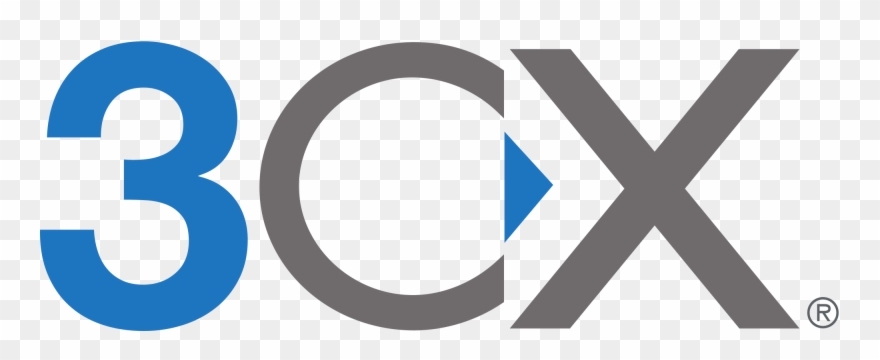If you’ve ever visited a foreign website, Google Translate may have helped you understand the text. You will know from experience though that the translation is a little bit dodgy, with some odd grammar and words that don’t quite read correctly. Not to mention humour or cultural references that simply do not translate at all.

Google Translate can get you out of a hole when reading. It will almost certainly put you in a hole if you use it for your copywriting though.
So if you know this, why on Earth would you rely on an auto-translate service to create marketing materials for foreign markets? If your French-to-English conversion is less than stellar, do you not think that the same is true for your own text going the other way?
Consider this example of a sales pitch received from an Indian web design agency:
“We are a vibrant and fast moving platform that surpasses customers’ expectations by consistent focus on the designing, creativity and business model. We are one of the India’s largest firms with finely crafted creative and strategic designers and develop an SEO friendly website to give meaning to your online business.”
Obviously you can understand what the message is trying to say, but the text isn’t quite right. I have highlighted two minor mistakes that end up devaluing the message somewhat. Although you can cut the writer some slack, you certainly wouldn’t want the same kind of ambiguity in your own marketing emails. And what if would-be customers assume that this is an example of sloppiness in your work?
Far safer is to hire a native speaker of your target language who can quickly spot and correct errors like this. If you want to keep copywriting costs low, Google Translate can help create an initial draft, but you should always have the document edited by a human before sending it out.
So don’t damage your business reputation by trying to cut corners. If you wouldn’t buy from a poor English speaker, why would international clients buy from your poorly-worded marketing email?
Here at Tech Write we work with businesses across the world to create high quality press releases, emails and other documents in perfect English to ensure that their customers get the information they need. If you would like to know more about how I can enhance your brand image on the world stage, drop me a line.









































You are right Ben. Hiring a native speaker is a far better and safer option. With all the freelancing websites, today it is much easier to hire a native speaker of any language. Though, it is a little expensive, the end result is spectacular in most cases. The question that I have, if I get translation work from a professional in a language I don’t know, how do I check it?
Good question Andrew. My suggestion would be to choose a reputable agency recommended by someone you know or potentially hiring an independent native-tongue editor to check your article.
Do you have any other alternatives?